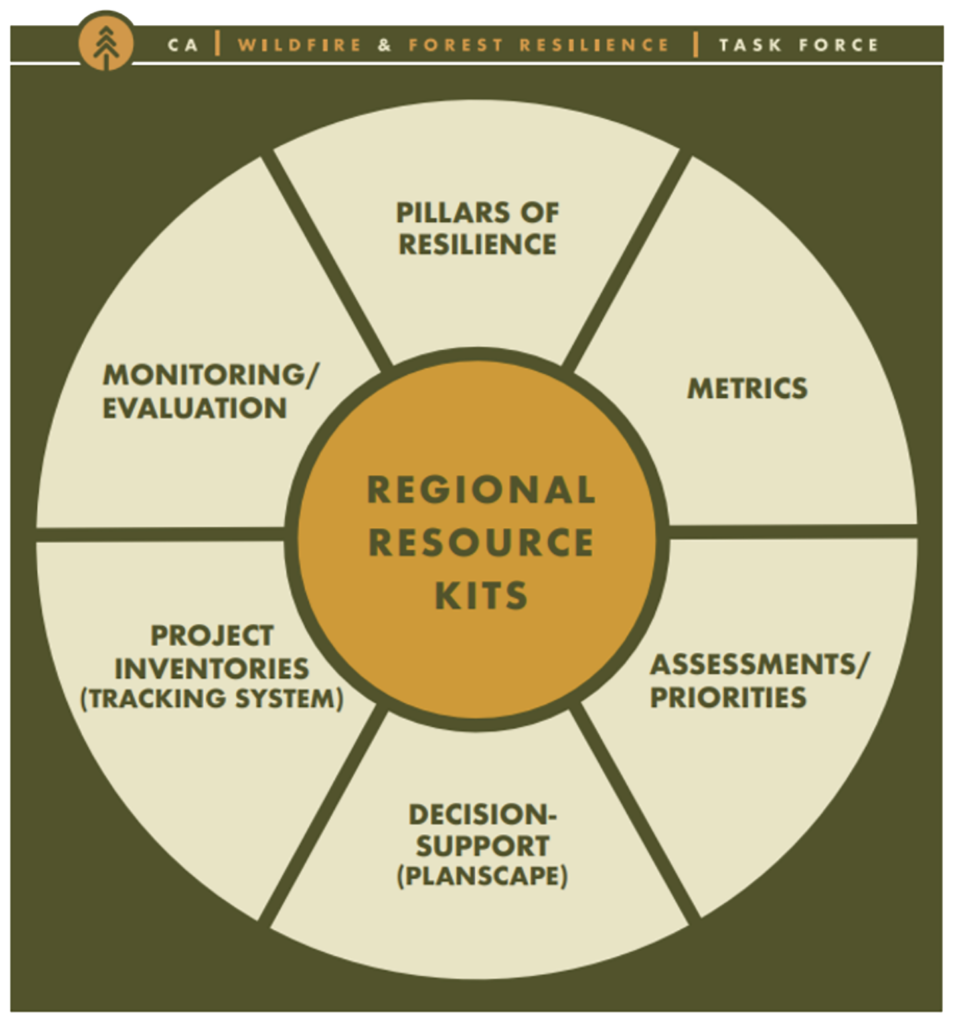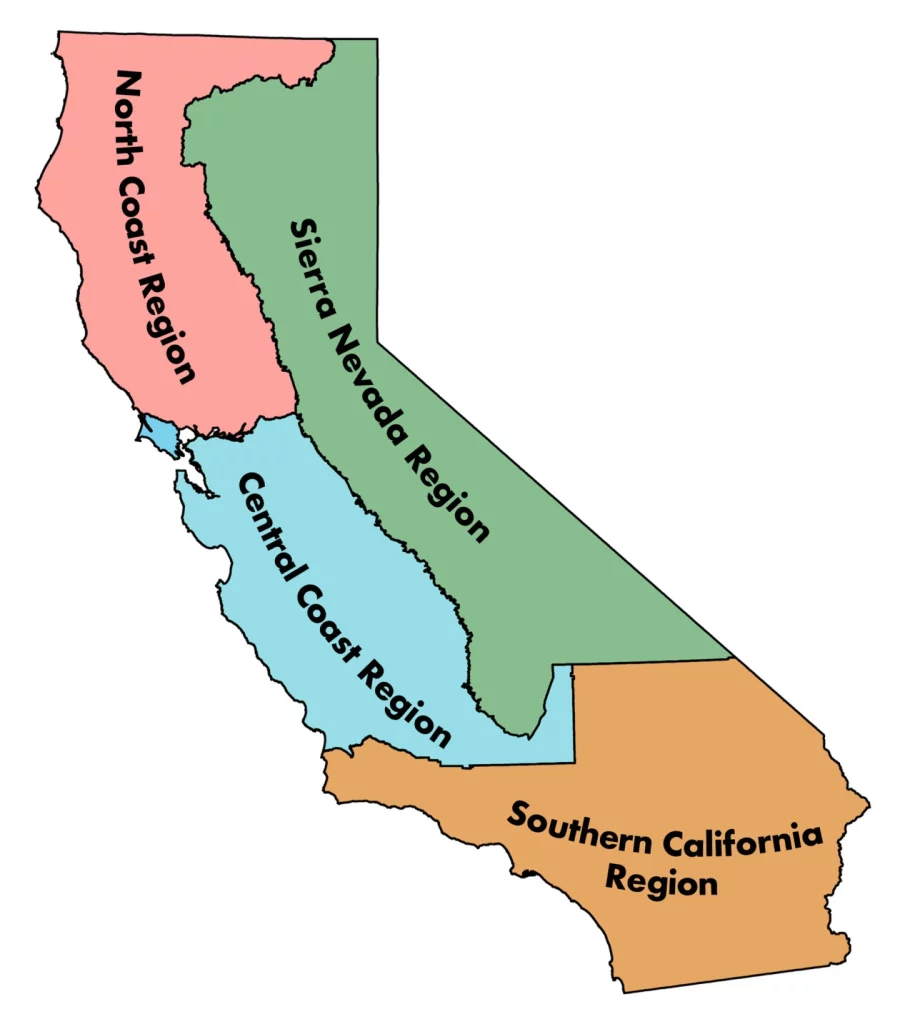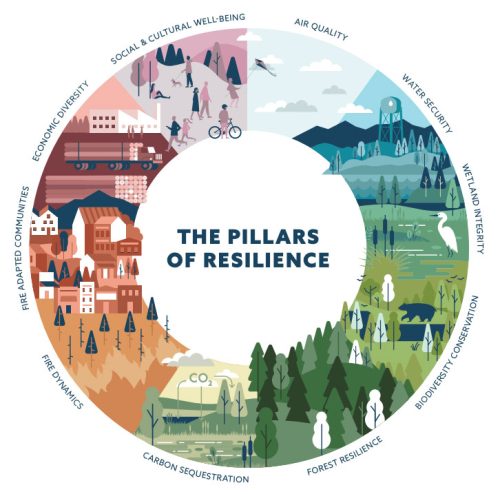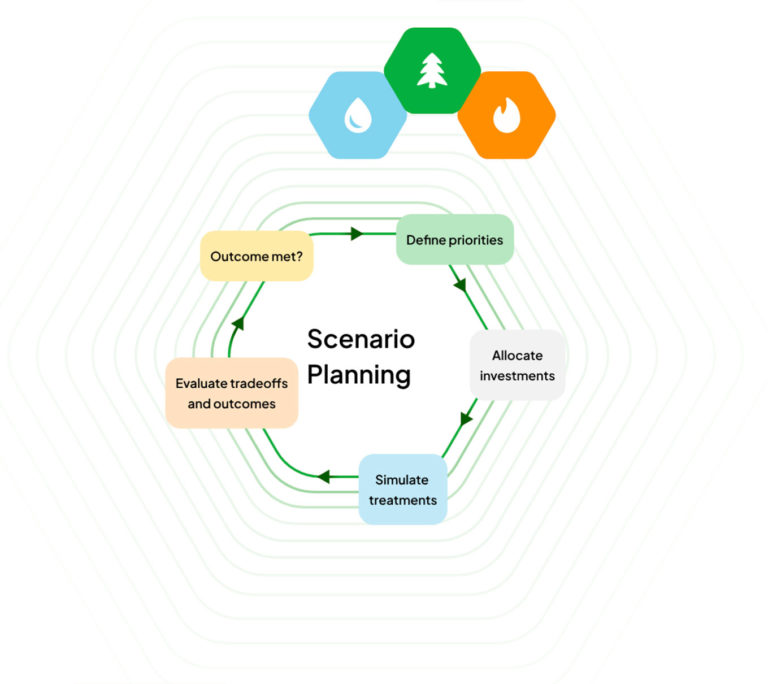Regional Resource Kits and Profiles
Planscape is built on top of hundreds of GIS based data layers from the Regional Resource Kits (RRKs). The kits are are produced and managed by the Science advisory panel of the Wildfire Taskforce.

Regional Resource Kits and Profiles

Planscape is built on top of hundreds of GIS based data layers from the Regional Resource Kits (RRKs). The kits are are produced and managed by the Science advisory panel of the Wildfire Taskforce.

Regional Profiles
The Regional Profile series is a publicly available resource developed by the Task Force’s Science Advisory Panel. The profiles summarize the socio-ecological context of each region, highlight examples of current condition assessments from the associated Regional Resource Kit, and present findings from interviews and surveys about stakeholder priorities and concerns for community and ecosystem resilience.
The Regional Profile series is a publicly available resource developed by the Task Force’s Science Advisory Panel. The profiles summarize the socio-ecological context of each region, highlight examples of current condition assessments from the associated Regional Resource Kit, and present findings from interviews and surveys about stakeholder priorities and concerns for community and ecosystem resilience.


